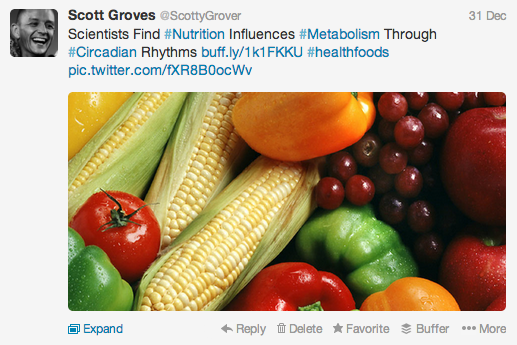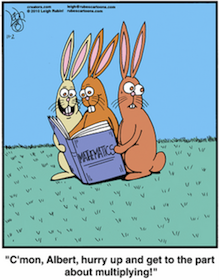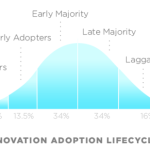How to HashTag
Social Media has been using #hashtags since Chris Messina suggested Twitter group topics in a single stream with the use of a “hash” symbol (#) back in october 2007. Whilst the idea was initially rejected, it is now common throughout all social media and has been adopted practice to increase reach and organise specific topics for the savvy user.
But for many brick and mortar businesses still a little slow on the uptake of social media and the subtle intricacies of hashtags, don’t worry – you’re not alone. Facebook were a little slow too and only adopted hashtags in June 2013. And with the momentum of Google+, which also uses and organises #hashtags as good as anyone (it is Google after all), understanding and using hashtags in social media is a powerful business tool.
Top 5 HashTag Tips (without going Uber-Advanced):
1. How to Format Your HashTag – no spaces allowed. Multiple words get grouped together and capitalisation means squat. You can add capital letters to add to readability but it makes no difference from an indexing / search point of view. So if you wanted to hashtag “Ashes Cricket” you would do it like this #ashescricket or to make it look prettier #AshesCricket. No punctuation of any kind allowed so keep it simple. No commas, dashes, question marks – any! Just single or multiple words joined together regardless of Caps with the little # symbol at the front. Simple.
2. Learn About the Popular and Trending Hashtags – you can use the search function on each respective site to view what’s hot. Basically just type in #something and you’ll see a suggested list pop up and sort for you.
3. Don’t Overdo the HashTags. Include 1 or 2 in a tweet or post. Going over the top on them leaves little room for real content – especially on Twitter and you need some meat.
Good content drives social followings, hashtags help promote them!
4. Keep your hashtags relevant to your content. Should kind of go without saying but the internet is rife with people greedily spotting ways to increase traffic, leads, and potential sales and misusing technology to achieve this – usually called “spam”. Quality content distributed properly for people builds reputation. Don’t be tempted by shortcuts just because you spot a popular hashtag. You either have good content to share or post on the subject or you don’t. Milking it will only hurt you.
5. There is no preset #hashtag dictionary you need to know. Yes, you can make them up. This works really well for a specific event, topic or fundraiser you may want to brand. You can be creative, funny, whatever you like really. Be yourself, be natural and keep it real. There is plenty of scope for creativity and hashtags work for all content like images and video. Youtube has tags. Pinterest uses tags. Twitter and it’s video sister company Vine uses them. Google + uses them well and shows them on the side of each post in top right corner for easy use. And with Facebook finally joining the #hashtag club, it actually makes life easier for all users to find and sort content and join the conversation, meaning you can focus on what you have to say.
Sidenote: @ symbol mentions people so if you liked this article and wanted to share it and mention me, just include @scottygrover in your share and I’ll see it. Have fun, be social!








Leave a Reply
Want to join the discussion?Feel free to contribute!